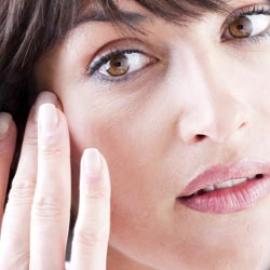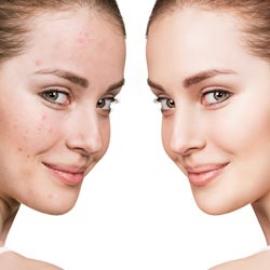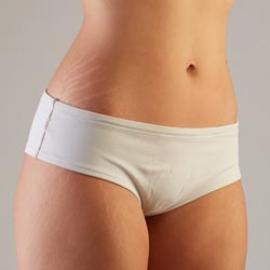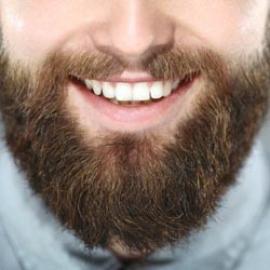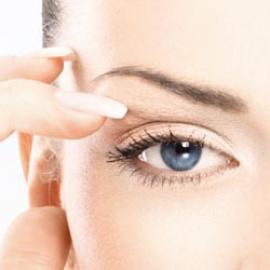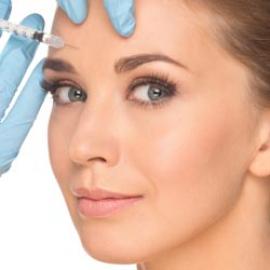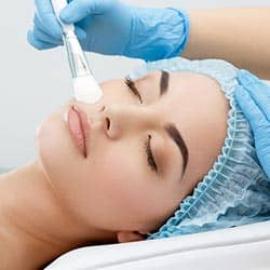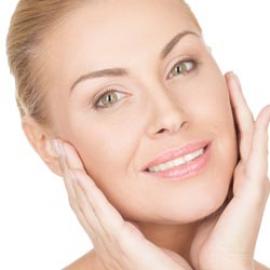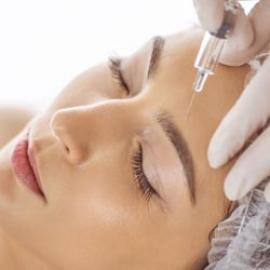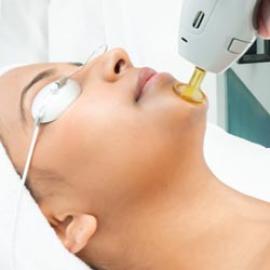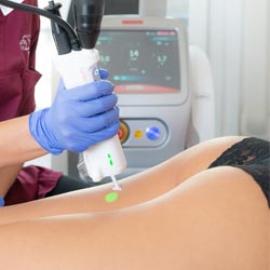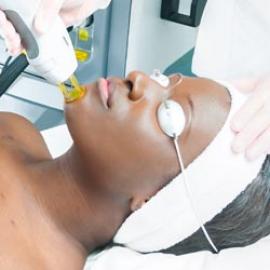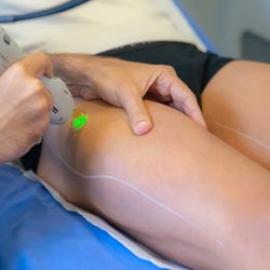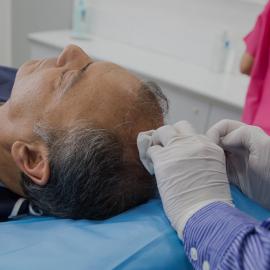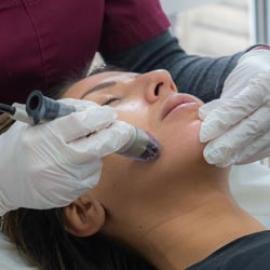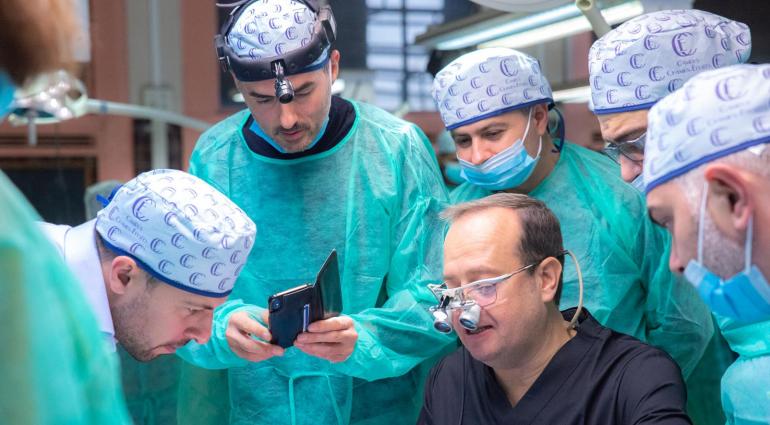
Both preventive and curative, peeling is the major treatment in cosmetics and aesthetic medicine. Similar to exfoliation, it is intended to remove layers of skin, more or less deeply, to renew the skin and to make it appear younger, thus softer, smoother, more radiant and more supple.
A successful facial peel must follow a detailed facial check-up to choose the ideal method. Your esthetic doctor at the Clinique des Champs-Elysées of Dubai will perform a thorough diagnosis beforehand, to help you determine which facial peeling to do.
The principle: what is the objective of a facial peel?
Peeling is derived from the English verb peel, which reflects its mode of action: to peel off a more or less deep part of the dermis. The aim is to stimulate its renewal and therefore its rejuvenation.
A chemical peel involves the use of an acidic compound.
Its effectiveness of action is relative to its acidity (pH), strength and length of time applied to the facial skin.
Understanding the layers of the skin
The skin is separated into two layers: the epidermis is at the top and the dermis at the bottom. Under these two layers, the hypodermis or subcutaneous fatty tissue is located.
The superficial epidermal layer is approximately 1 mm thick, consisting of 9 cellular layers. This epithelium is made up of keratinocytes and has no blood vessels. For its nutrition, it relies on the underlying dermis.
The multiplication of epithelial cells begins from the germinative base, near the dermis, to the superficial layers of dead cells, the corneocytes. This last layer is occasionally very thick, giving rise to calluses or corn, rich in keratin.
The dermal layer under the epidermis plays a triple role:
- It mechanically supports the epidermis because, thanks to its hyaluronic acid and its collagen (for firmness) and elastin (for elasticity), the dermis is denser and more rigid.
- A trophic role, with its blood vessels supplying oxygen and nutrients to the cells.
- A synthesis function performed by the dermis fibroblasts, the "factory" cells of the skin that produce the fibers and the hyaluronic acid. Their activity declines with age.
Understanding each peeling depth
Chemical peel compounds are classified according to the depth of the skin layers they remove.
- The superficial peeling only impacts the first layers of the epidermal surface.
- The medium peeling extends to the epidermal germinative base at the dermis/epidermis junction,
- A deep peeling removes a part of the dermis.
It is called gentle peel if it prevents side effects such as irritation or desquamation.
Indications: Who is the facial peel meant for?
People of all ages and skin phototypes may need a facial peel, whether for curative or preventive care.
Dark skins (V-VI phenotypes) need special care from your esthetic doctor in Dubai, who will then recommend the use of so-called black-skin peel to limit any adverse effects.
Thus, a peel can respond to different indications:
- Get a more luminous complexion, by reducing sun spots (lentigos).
- Smooth the texture of the skin, for a softer and more sensual texture, without oily skin, dilated pores or blackheads.
- Correct minor imperfections, such as small scars or fine lines.
- Optimize nutrition deep in the dermis, and promote the penetration of active ingredients.
The main elements to remember for a good facial peel
The skin specialist at the Clinique des Champs-Elysées in Dubai will pick the acid peel according to your objectives..
Gentle superficial facial peels
Most often performed with fruit acids, a gentle peel is achieved without secondary effects, as a preventive or curative measure. It cleans the epidermis, reduces minor imperfections, slows down aging and illuminates the complexion.
It can be done without any visible side effects, between two meetings.
Medium peeling.
The medium peel is generally done with trichloroacetic acid (TCA) with a concentration of between 15 and 30 per cent. The medium peel leads to desquamation of the skin (exfoliation) with often small redness.
It goes deeper, down to the dermis, to better rectify certain aging effects, such as age spots or wrinkles.
Your doctor will advise you to prepare your skin at home 3 weeks prior.
Deep facial peels
Most often performed with concentrated TCA or phenol, this deep peel has impressive results in the regeneration and rejuvenation of the skin, but is also accompanied by very strong, sometimes painful side effects requiring temporary social avoidance.
Esthetic medicine is increasingly trying to give priority to comfort, sometimes by replacing it with "physical" resurfacing peels, such as ablative medical lasers.


